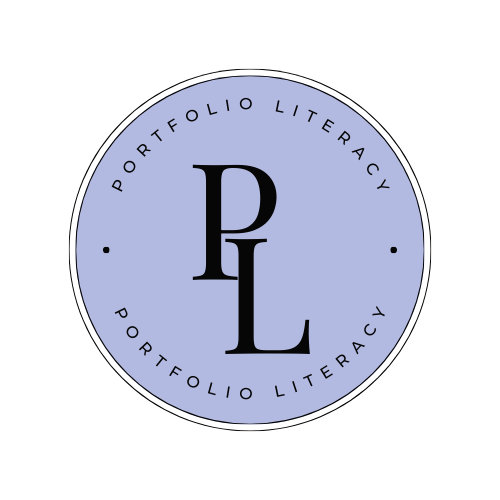Understanding financial terms can be challenging, but it’s crucial for making informed investment decisions. The hurdle rate is the minimum rate of return that an investor expects to earn when deciding if an investment or project is worth pursuing, or if resources should be allocated elsewhere.
For businesses, setting an accurate hurdle rate ensures that only projects with potential for sufficient returns are selected. If an investment or project’s expected return is below this rate, it may be rejected.
Understanding the fundamentals of the hurdle rate can assist you in better decision-making for your next investment. Companies often use it as a go/no-go threshold in project evaluations, deciding which projects to greenlight based on their feasibility and potential returns. This concept is not only crucial for project managers but also for investors looking to maximize their returns.
Key Takeaways
- The hurdle rate is the minimum return an investor expects.
- It helps in deciding which projects to pursue.
- Correctly setting it prevents missed opportunities.
Fundamentals of Hurdle Rate
The hurdle rate is a crucial concept in capital budgeting used to determine whether to pursue a project. It includes understanding the minimum acceptable return and the relationship between risk and investment.
Definition and Purpose
The hurdle rate is the minimum rate of return that you require before investing in a project. It ensures that the investment meets a certain profitability threshold.
One of its primary uses is to account for the risk premium. This premium above the risk-free investment rate compensates for the investment’s risk. Setting an adequate hurdle rate also ensures that the return exceeds the cost of capital, thereby adding value to the business.
Projects that do not meet the hurdle rate are typically rejected. This safeguards your investment portfolio.
Calculating the Hurdle Rate
Calculating the hurdle rate involves several key steps. Start with the risk-free rate, often the interest rate on government bonds. Then add a risk premium to account for the project’s risk.
One common method is the Weighted Average Cost of Capital (WACC). The formula factors in both equity and debt, reflecting the overall cost of financing the project.
Formulas:
Cost of Equity = Risk-Free Rate + (Beta * [Market Return – Risk-Free Rate])
Hurdle Rate = WACC = (Cost of Equity * % of Equity) + (Cost of Debt * % of Debt * [1 – Tax Rate])
Different projects or investments may have different hurdles due to varying risks and market conditions.
Another approach is using the company’s historical return on investments as a benchmark. This helps align future projects with past performance, ensuring consistent growth to avoid sequence of return risk.
By understanding these fundamentals, you can make informed decisions that maximize returns and manage risks effectively.
Project Evaluation and Hurdle Rate
Understanding the hurdle rate is crucial for project evaluation, especially when assessing financial metrics like net present value (NPV) and internal rate of return (IRR). Adjusting the hurdle rate for risk enhances the accuracy of these evaluations.
Project Viability and NPV
Net present value (NPV) measures a project’s profitability by calculating the difference between cash inflows and outflows over time, discounted back to present value.
To determine viability, you use the hurdle rate as the discount rate. A project is viable if its NPV is positive, meaning that it exceeds the hurdle rate. This means the project’s returns are higher than the minimum required return.
A positive NPV implies the project should generate value over its cost, attracting investor interest. Conversely, a negative NPV indicates the project will not meet the minimum required return, making it less attractive.
Internal Rate of Return (IRR) Versus Hurdle Rate
Internal rate of return (IRR) represents the discount rate at which a project’s NPV equals zero. Comparing IRR to the hurdle rate is a key step in project evaluation.
If the IRR exceeds the hurdle rate, the project is considered acceptable. This means the project is expected to generate returns above the minimum threshold.
If the IRR is below the hurdle rate, the project will likely fail to meet financial expectations. This makes it less likely to be approved, as the returns do not justify the risks involved.
Adjusting the Hurdle Rate for Risk
Different projects come with varying levels of risk and adjusting the hurdle rate helps manage these risks. A higher hurdle rate is applied to projects with greater risk to ensure that only high-return projects are pursued.
For riskier projects, this adjustment means that only those with higher potential returns will be deemed feasible. This helps avoid committing resources to projects unlikely to generate sufficient returns to justify their risks.
Conversely, for lower-risk projects, the hurdle rate can be lower. This means the required returns for these projects don’t need to be as high for the project to be considered acceptable.
Practical Considerations and Implications
When determining a project’s hurdle rate, you need to be aware of industry benchmarks, the current financial environment, and how market conditions affect your calculations. These factors ensure your rate reflects realistic expectations and mitigates risks effectively.
Industry-Specific Benchmark Rates
Different industries have varied benchmarks for acceptable hurdle rates. For instance, technology firms may deal with high volatility, which often requires higher hurdle rates. Conversely, utility companies, which face more stable conditions, might operate with lower rates.
Knowing the appropriate benchmark helps you assess if your project’s risk and return align with industry standards. This alignment is crucial for securing investor confidence and ensuring your project’s competitiveness.
The Influence of Financial Environment
The financial environment affects hurdle rates significantly. Elements like the inflation rate, interest rates, and access to capital play vital roles. For example, in a low-interest-rate environment, borrowing is cheaper, which may lower your hurdle rate.
Conversely, high inflation can increase costs and push up required returns. You must monitor these indicators closely, as they directly impact the feasibility and attractiveness of your projects.
